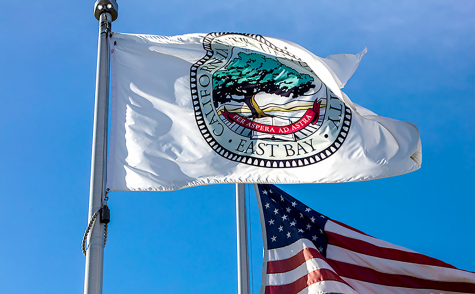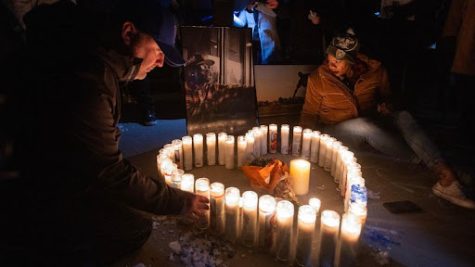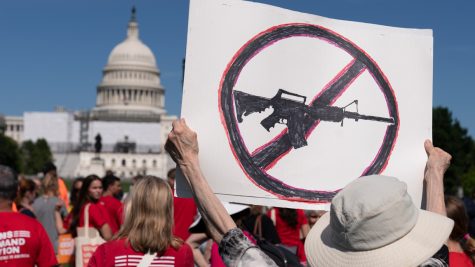The Last Best Chance
What to expect from COP26
Glasgow, Scotland will host the 26th Conference of the Parties of the United Nations Framework Convention on Climate Change, or COP26 beginning October 31. The Framework, signed in 1992, has since been the foundation of many of the international agreements geared towards solving climate change, such as the Kyoto Protocols in 1997 and the Paris Agreement in 2015.
COP26 has been referred to as the “world’s last best chance” to keep global temperature below a 2℃ increase from pre-industrial levels.This could very well be the last chance that the world has to ensure that climate change can be kept under control and that the “runaway” temperature increase will not happen.
This runaway phenomenon is what has created the atmosphere on Venus which keeps the temperature on the planet an average of 880℉, according to NASA. While this is obviously an extreme case of what can happen, this goes to showcase the ability of what greenhouses can do to a planet’s atmosphere.
Here on Earth, we face a different kind of problem.
Our leaders have long been trying to decide what to do about the climate crisis, with COP3 in Kyoto attempting to reign in the worst producers of greenhouse gases by enforcing a cap on emissions. Because this agreement was never ratified by the U.S. Senate this was never able to truly happen.
The Paris Agreement, or COP21, saw most of the world come together and decide in their own national interest what was the best way for each nation to combat the excessive emissions. This was also nearly torpedoed by American intervention as former President Trump attempted to leave the agreement, but with the election of President Biden, the U.S. re-entered. Dr. Amy Below, a Political Science professor at California State University, East Bay with an emphasis on climate policy said that the “U.S. delegation can work hard to pressure other countries and can make verbal commitments, but implementation will be difficult.” This is in large part due to the presidency of Donald Trump.
COP26 will allow us to see what nations have done, as well as present updated goals to the global community in order to stop the temperature rise. Below has also said that she hopes to see “major emitting countries commit to stronger mitigation measures and increase their funding for countries already suffering from the impacts of climate change, primarily those in the Global South who have historically emitted and currently emit less greenhouse gases but are already suffering environmental, economic, and other losses and damages.” These steps would allow the world to be able to move forward in solving the climate crisis.
COP26 already faces many issues, however, as many world leaders are not going to be joining the Conference including Vladimir Putin, Queen Elizabeth II, and Jair Bolsonaro, the leaders of Russia, the U.K., and Brazil are not expected to attend according to Al Jazeera. Below continued that she does not “have high expectations for COP26, namely because there’s no expectation for a new treaty.”
Yet these are not the only leaders who will not attend and this could delegitimize any agreements to come out of this Conference. There are also concerns surrounding domestic politics for many nations as people grapple with their own belief in man-made climate change.
Below is not entirely dismissive of COP26, as she is still “optimistic about the role that non-state actors, especially sub-state actors, can play.” Cities and states from around the world will also be in attendance and she continued that “these commitments are also important because these more local levels of government are where policy implementation happens.”
Either way, COP26 is one of the most crucial Conventions to be held, during a strenuous time with the COVID-19 pandemic still raging throughout the world, and as the “last best chance” there seems to be a lot of deeply complex situations that can stop progress going on.








